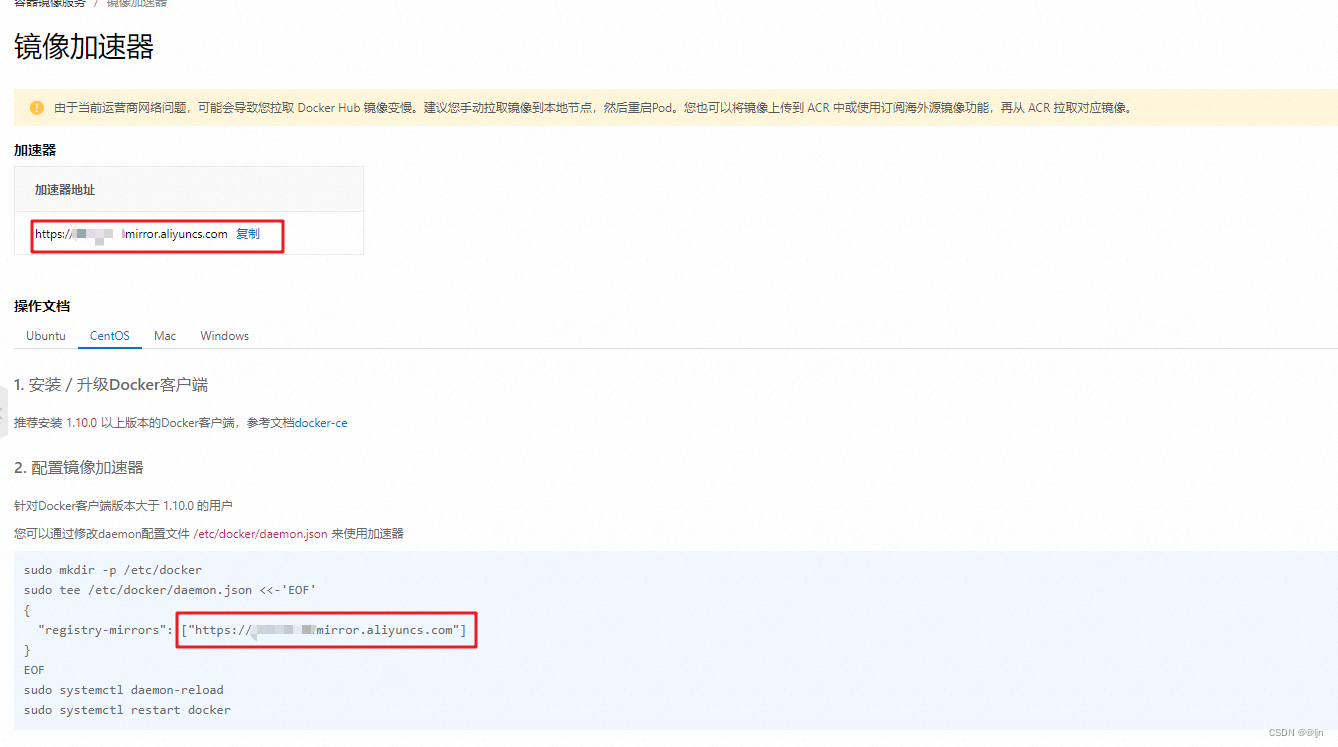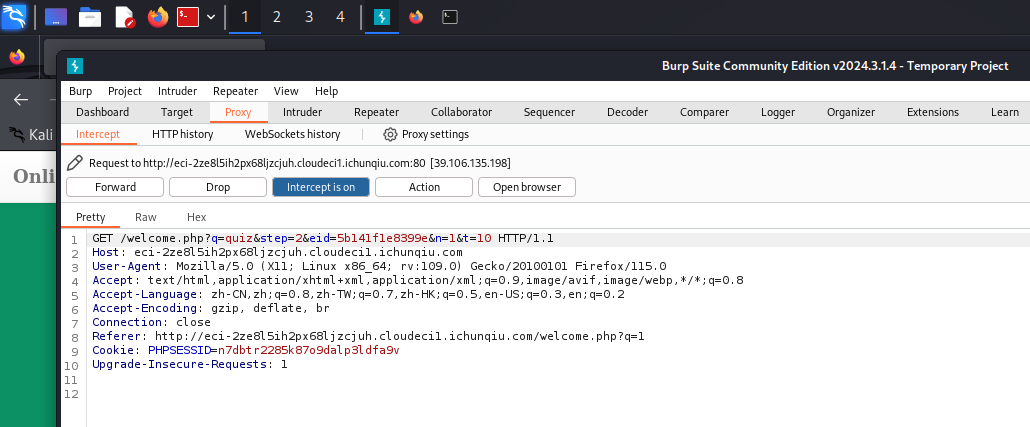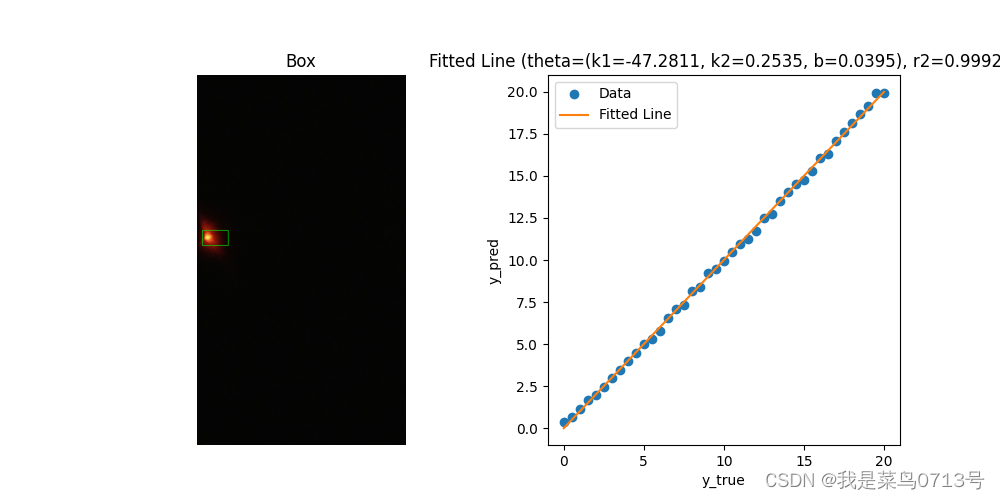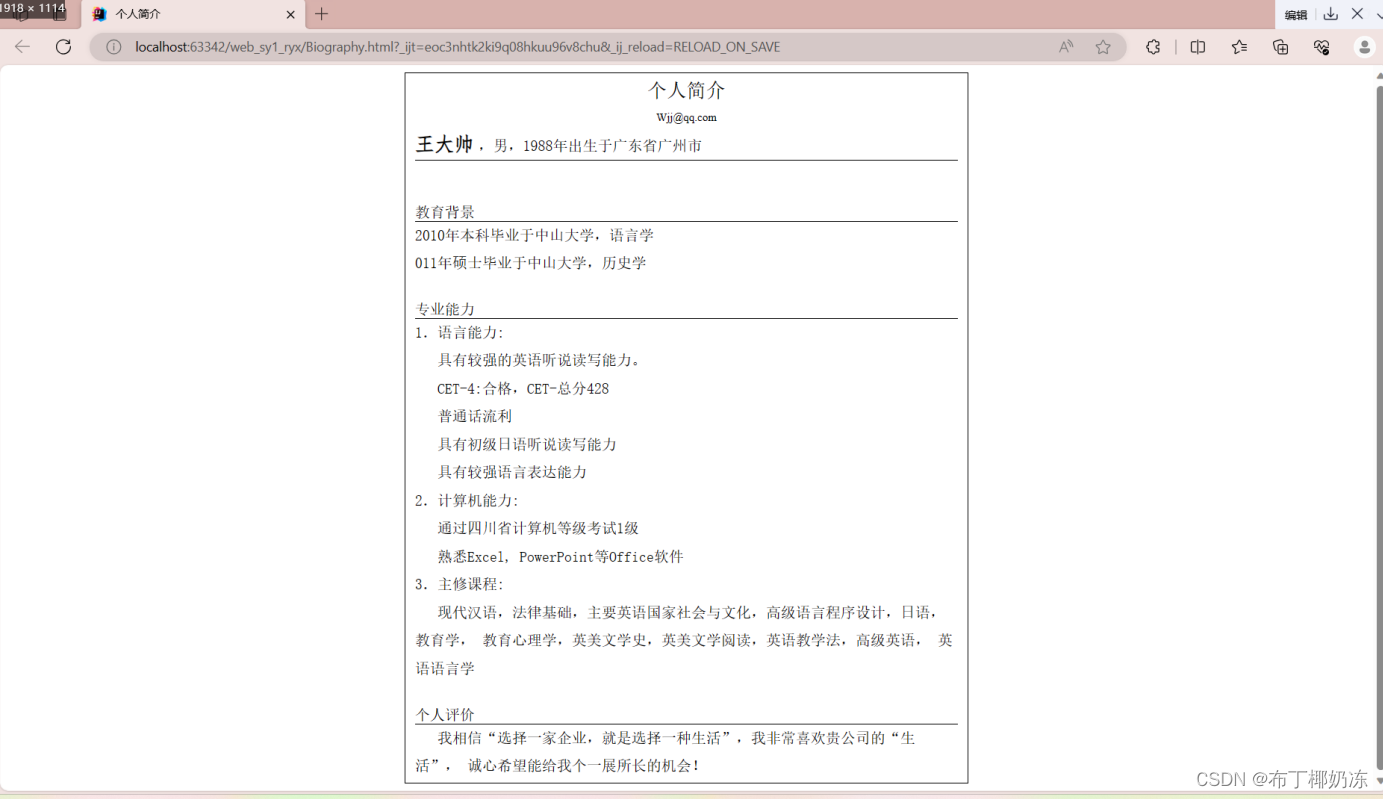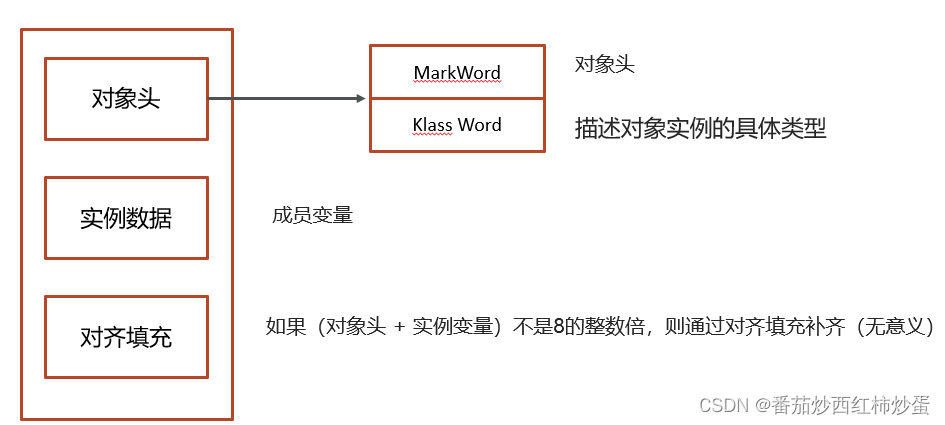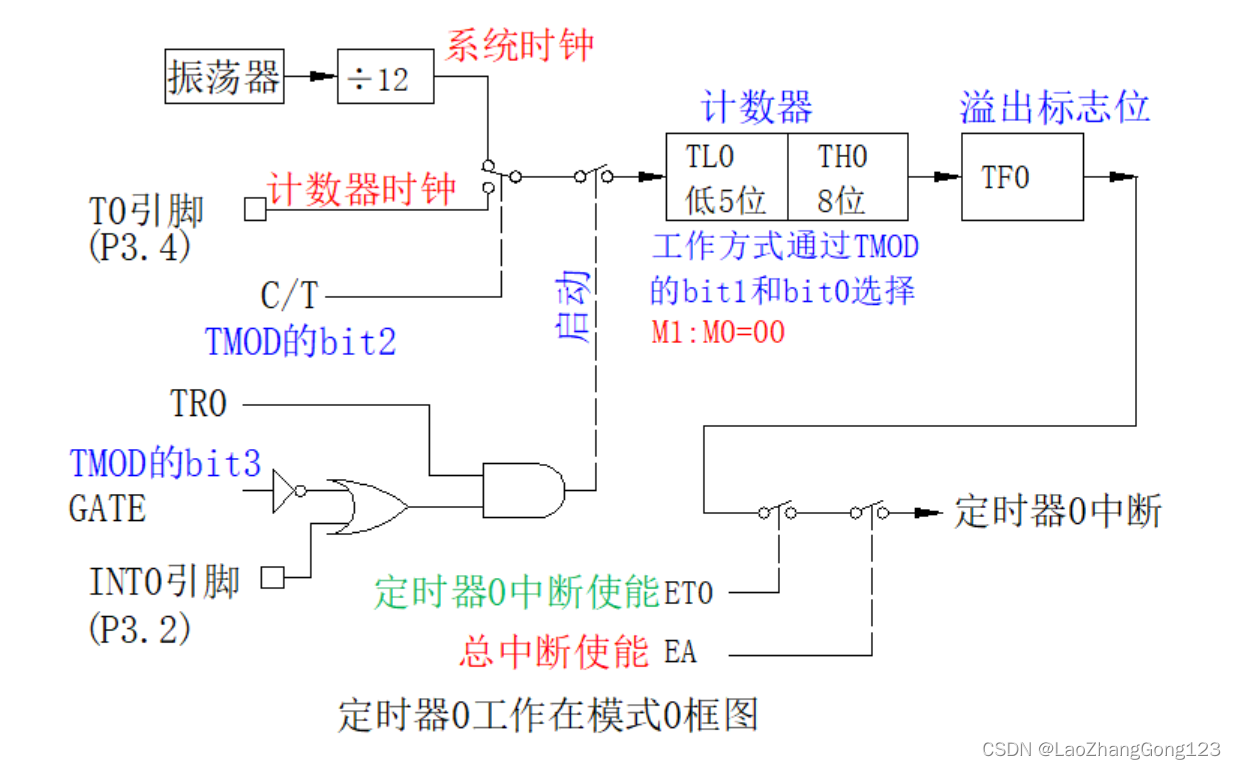1.LVS-DR工作原理
LVS-DR模式,Director Server作为群集的访问入口,不作为网购使用,节点Director Server 与 Real Server 需要在同一个网络中,返回给客户端的数据不需要经过Director Server 为了响应对整个群集的访问,Director Server 与 Real Server都需要配置VIP地址,工作原理

2.数据包流向分析
1.客户端发送请求到 Director Server请求的数据报文(源IP 是CIP,目标IP是到达内核空间)
2.Director Server 和 Real Server在同一个网络中,数据通过数据链路层来传输
实验案例
2.2:直接路由模式(LVS-DR)
1:实验环境:

2:配置负载调度器
(1)配置虚拟IP地址VIP
[root@localhost ~]# cd /etc/sysconfig/network-scripts/
[root@localhost network-scripts]# cp ifcfg-ens33 ifcfg-ens33:0
[root@localhost network-scripts]# vi ifcfg-ens33:0
TYPE=Ethernet
BOOTPROTO=static
NAME=ens33:0
DEVICE=ens33:0
ONBOOT=yes
IPADDR=192.168.10.172
NETMASK=255.255.255.0
[root@localhost network-scripts]# systemctl restart network
(2)调整内核参数,禁止转发重定向报文
由于 LVS 负载调度器和各节点需要共用 VIP 地址,应该关闭Linux 内核的重定向
[root@localhost ~]# vi /etc/sysctl.conf
在末尾添加:
net.ipv4.conf.all.send_redirects = 0
net.ipv4.conf.default.send_redirects = 0
net.ipv4.conf.ens33.send_redirects = 0
[root@localhost ~]# sysctl -p
(3)配置负载分配策略
[root@localhost ~]#yum -y install ipvsadm
[root@localhost ~]#ipvsadm -v \\查看版本
[root@localhost ~]# setenforce 0
[root@localhost ~]# systemctl stop firewalld
[root@localhost ~]#ipvsadm -C
[root@localhost ~]# ipvsadm -A -t 192.168.10.172:80 -s rr
[root@localhost ~]# ipvsadm -a -t 192.168.10.172:80 -r 192.168.10.102 -g -w 1
[root@localhost ~]# ipvsadm -a -t 192.168.10.172:80 -r 192.168.10.103 -g -w 1
[root@localhost ~]# ipvsadm-save
-A -t localhost.localdomain:http -s rr
-a -t localhost.localdomain:http -r 192.168.10.102:http -g -w 1
-a -t localhost.localdomain:http -r 192.168.10.103:http -g -w 1
[root@localhost ~]# systemctl enable ipvsadm
3:配置web节点服务器
(1)配置虚拟ip地址VIP
[root@localhost ~]# setenforce 0
[root@localhost ~]# systemctl stop firewalld
[root@localhost ~]#cd /etc/sysconfig/network-scripts/
[root@localhost network-scripts]# cp ifcfg-lo ifcfg-lo:0
[root@localhost network-scripts]# vi ifcfg-lo:0
修改
DEVICE=lo:0
NETMASK=255.255.255.255 \\子网掩码必须为255.255.255.255
IPADDR=192.168.10.172
ONBOOT=yes
[root@localhost network-scripts]# systemctl restart network
[root@localhost network-scripts]# ifconfig
[root@localhost network-scripts]# cd
[root@localhost ~]# vi /etc/rc.local
添加
/sbin/route add -host 192.168.10.172 dev lo:0
[root@localhost ~]# route add -host 192.168.10.172 dev lo:0
(2)调整内核参数
[root@localhost ~]# vi /etc/sysctl.conf
添加:
net.ipv4.conf.all.arp_ignore = 1
net.ipv4.conf.all.arp_announce = 2
net.ipv4.conf.default.arp_ignore = 1
net.ipv4.conf.default.arp_announce = 2
net.ipv4.conf.lo.arp_ignore = 1
net.ipv4.conf.lo.arp_announce = 2
注释:
arp_ignore =1
当收到arp请求时,只有ARP请求数据包所请求的IP地址属于当前网卡的IP地址,才会回应ARP响应数据包。
arp_announce = 2
当发送arp请求时,忽略IP数据包的源IP地址,总是选择网卡所配置的首选IP地址作为ARP请求数据包的发送方IP地址
目的:因为lo:0的ip地址和调度器的ens33:0的ip地址是一样的,为了不造成ip冲突,要禁止更新VIP的mac地址。
[root@localhost ~]# sysctl -p
(3)安装httpd创建测试网页
[root@localhost ~]# yum -y install httpd
yum install nfs-utils
[root@localhost ~]# mount 192.168.10.105:/opt/wwwroot /var/www/html
[root@localhost ~]#vi /var/www/html/index.html
<h1>LVS负载均衡群集--测试页面01</h1>
(4)启用httpd服务
[root@localhost ~]# systemctl start httpd
(5)配置第二台web节点
配置方法与第一台完全相同
注意:在实验环境中,为了验证负载过程,第二台web服务器的网站可以可第一个不一样,所以这两个web服务器就没有必要使用NFS,直接在web服务器本地创建测试网页文件即可
4:在client上测试网站
http://192.168.10.172
测试时频繁刷新页面
也可以用脚本测试:
[root@localhost ~]# for i in $(seq 10); do curl http://192.168.10.172 ;done
5:在LVS调度器上查看LVS策略
[root@localhost ~]# ipvsadm -ln
IP Virtual Server version 1.2.1 (size=4096)
Prot LocalAddress:Port Scheduler Flags
-> RemoteAddress:Port Forward Weight ActiveConn InActConn
TCP 192.168.10.172:80 rr
-> 192.168.10.102:80 Route 1 0 0
-> 192.168.10.103:80 Route 1 0 0
